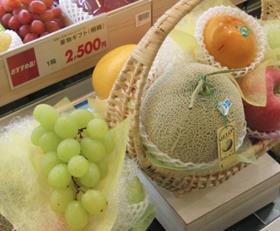
Japanese households are steadily eating less and less fruit. Latest data from the Ministry of Internal Affairs and Communications shows a significant drop in household consumption of fruit for the first four months of 2018.
If the current trend from January to April continues, households in Japan are predicted to consume only 70kg of fruit per household in 2018.
Every fruit category has suffered this fate, with the exception of two; kiwifruit being the first.
“The start of the new New Zealand kiwifruit crop imports saw the highest results for the month of April in 2018 with respect to expenditures, consumption and purchasing price,” Jack Moriya, president of major Japanese wholesaler and importer Tokyo Seika, told Asiafruit.
“In April of this year, there was a total of 9,950 tonnes of kiwifruit in Japan of which 9,608 tonnes was of New Zealand origin versus a total of 10,065 tonnes in 2017 of which 9,448 tonnes came from NZ,” he said.
Moriya added the domestic supply of kiwifruit was running short, which contributed to the increase in demand.
Bananas are the second category bucking the trend. The fruit had a higher consumption level and purchasing price in the first quarter of 2018 when compared to the same period of 2017. However, in the month of April expenditure and consumption dipped. According to Moriya, this was due to an increase in purchasing price.
“It should be noted that both bananas and kiwifruit continue to remain separate from trends pertaining to other fruit, including domestic.”
Moriya has previously noted cost as a key factor in the national decline in fruit consumption.



